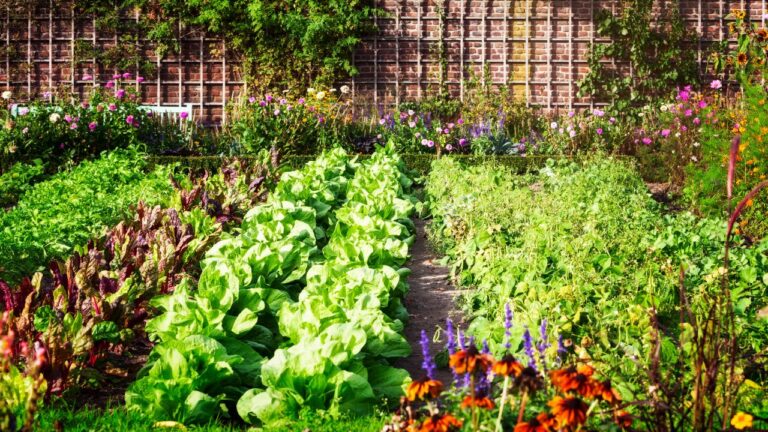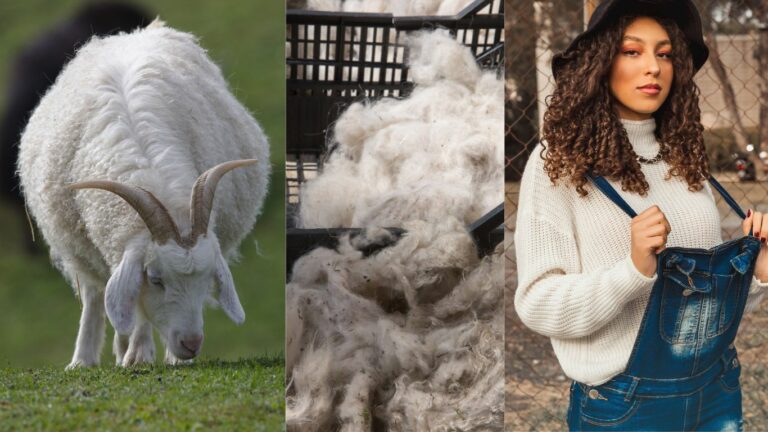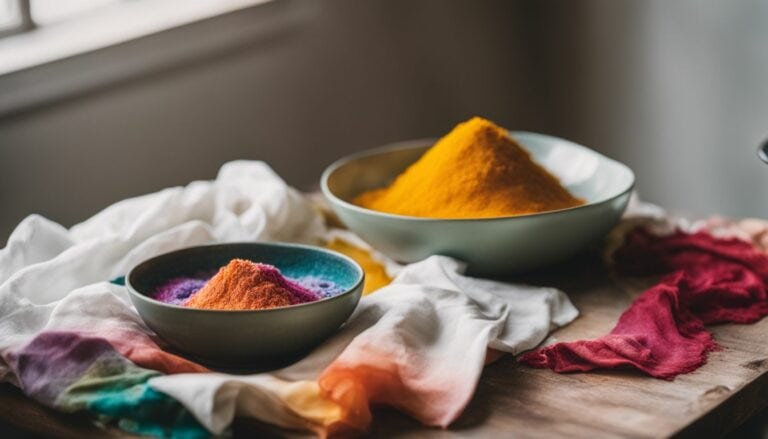7 Easy Guides On How to Make Green Dye from Spinach – Unleash Creativity!
Are you interested in exploring the world of natural dyes? Spinach, often viewed as mere kitchen greens, can actually be turned into a rich and vibrant green dye! This blog post will guide you through an easy step-by-step methods on how to make green dye from spinach for use on fabrics or crafts.
Stick with us, as this DIY process could bring out your inner Picasso!
Key Takeaways
- Spinach can be used to make a natural green dye for fabrics and crafts.
- To make the dye, chop up spinach leaves, blend them into a paste, boil them in water for 30 minutes, and strain out the solids.
- The resulting liquid is your homemade green dye made from spinach.
- You can use techniques like soaking, immersion dyeing, heat setting, and rinsing to color fabric or materials with spinach dye.
How to Make Green Dye from Spinach
To make green dye from spinach, gather the necessary equipment and materials before following a few simple steps.
Equipment and materials needed

Making green dye from spinach takes a few simple tools and ingredients. Here’s what you need:
- Fresh spinach
- A knife to chop the spinach
- A blender to blend the chopped spinach
- A pot for boiling the blended spinach
- Salt, alum, and white vinegar to enhance the color of your dye
- A filter or cloth to separate solids from the liquid dye.
Steps to create the dye
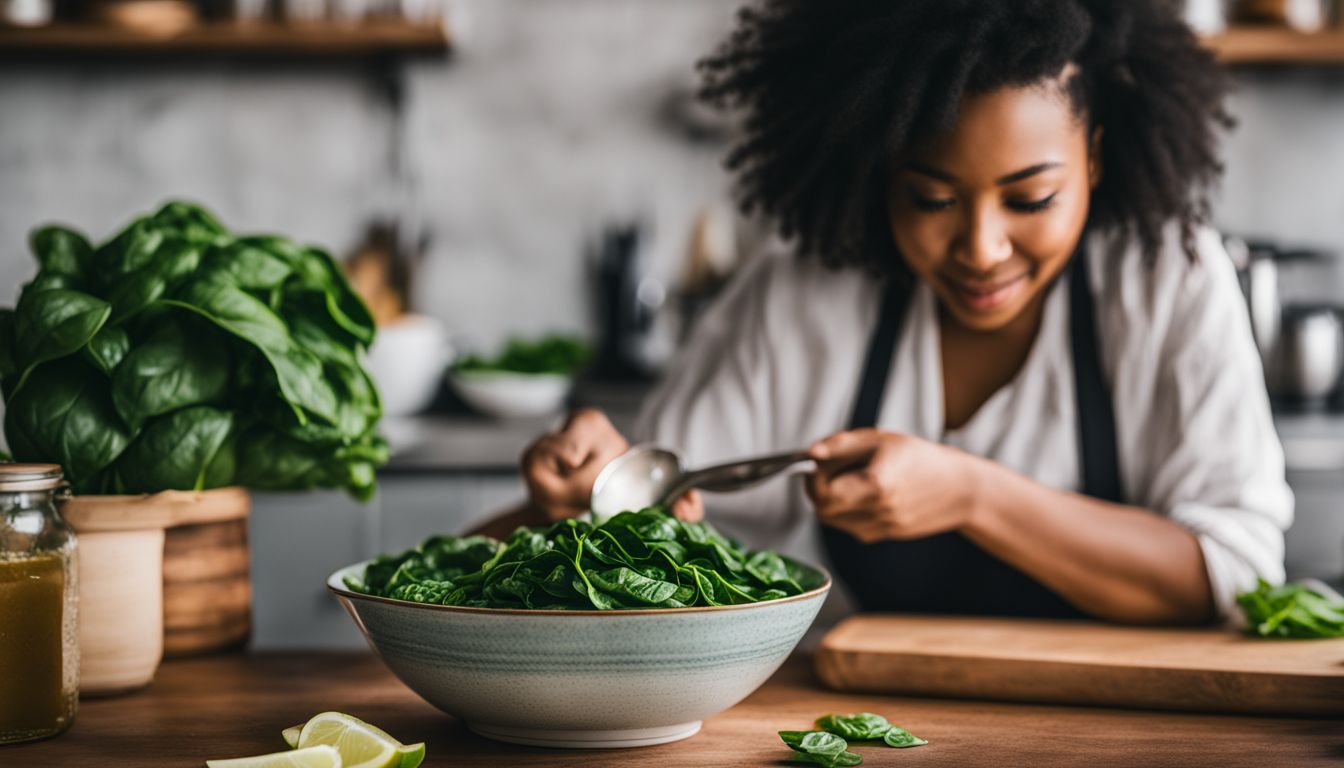
To create green dye from spinach, follow these steps:
- Chop up the spinach leaves into small pieces.
- Put the chopped spinach in a blender and blend until it becomes a smooth paste.
- Place a pot of water on the stove and bring it to a boil.
- Once the water is boiling, add the blended spinach to the pot.
- Let the spinach simmer in the boiling water for about 30 minutes.
- After 30 minutes, remove the pot from heat and strain out the solids using a fine mesh strainer or cheesecloth.
- The liquid that remains is your homemade green dye made from spinach.
Using Spinach Dye for Fabric or Crafts
Dyeing fabric or other materials with spinach dye offers a range of techniques to achieve desired color intensity.
Techniques for dyeing fabric or other materials
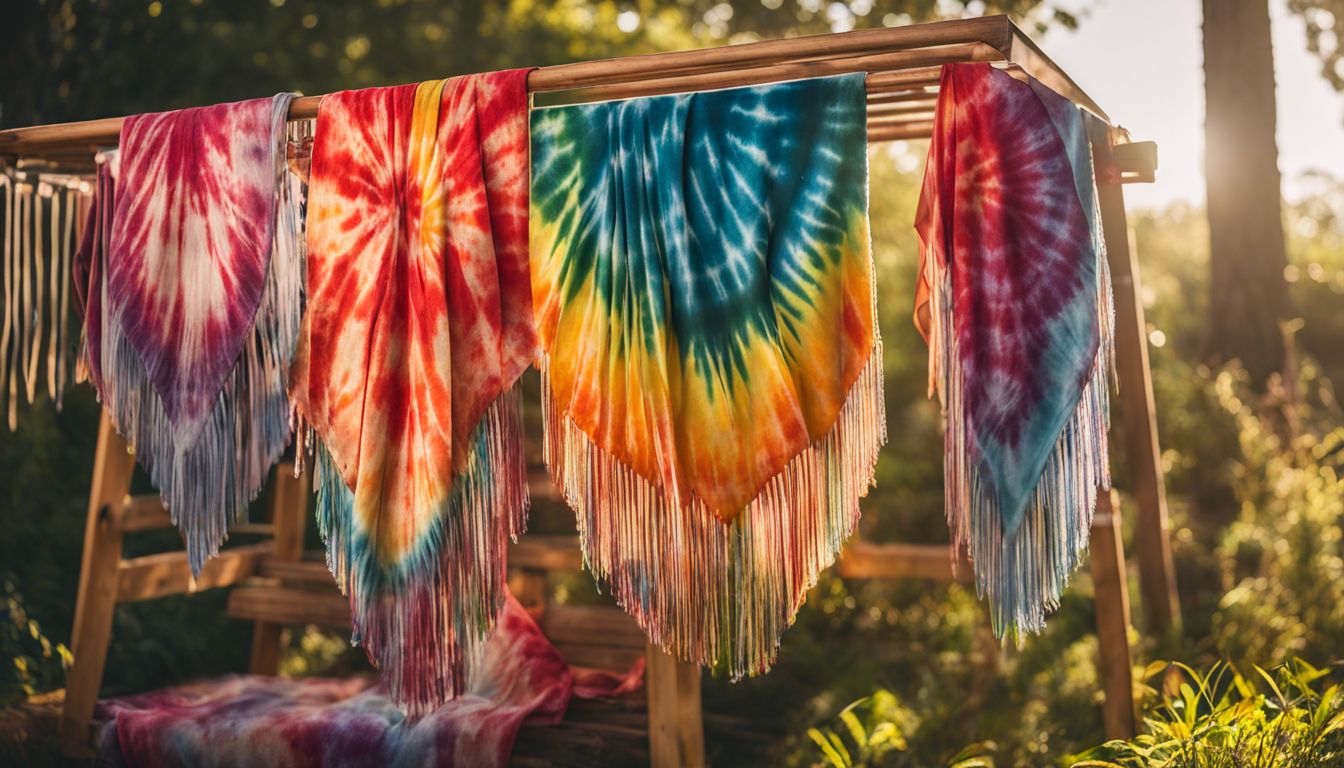
To dye fabric or other materials using spinach dye, you can use the following techniques:
- Preparation: Wash the fabric or material thoroughly to remove any dirt or chemicals that may interfere with the dyeing process.
- Soaking: Fill a large pot with water and add the chopped spinach to create a dye bath. Let it simmer for about an hour to extract the color pigments from the leaves.
- Straining: After simmering, strain out the chopped spinach from the dye bath using a fine mesh strainer or cheesecloth. This will ensure that only the liquid dye remains.
- Immersion Dyeing: Immerse the fabric or material completely into the strained dye bath. Stir gently to ensure even distribution of color.
- Heat Setting: Depending on the desired intensity of color, heat the dye bath and fabric together on low heat for about an hour. This will help set the color into the fibers.
- Rinse and Dry: Once you’ve achieved your desired color, remove the fabric from the dye bath and rinse it under cold water until excess dye is removed. Hang it to dry in a shaded area away from direct sunlight.
Tips for achieving desired color intensity
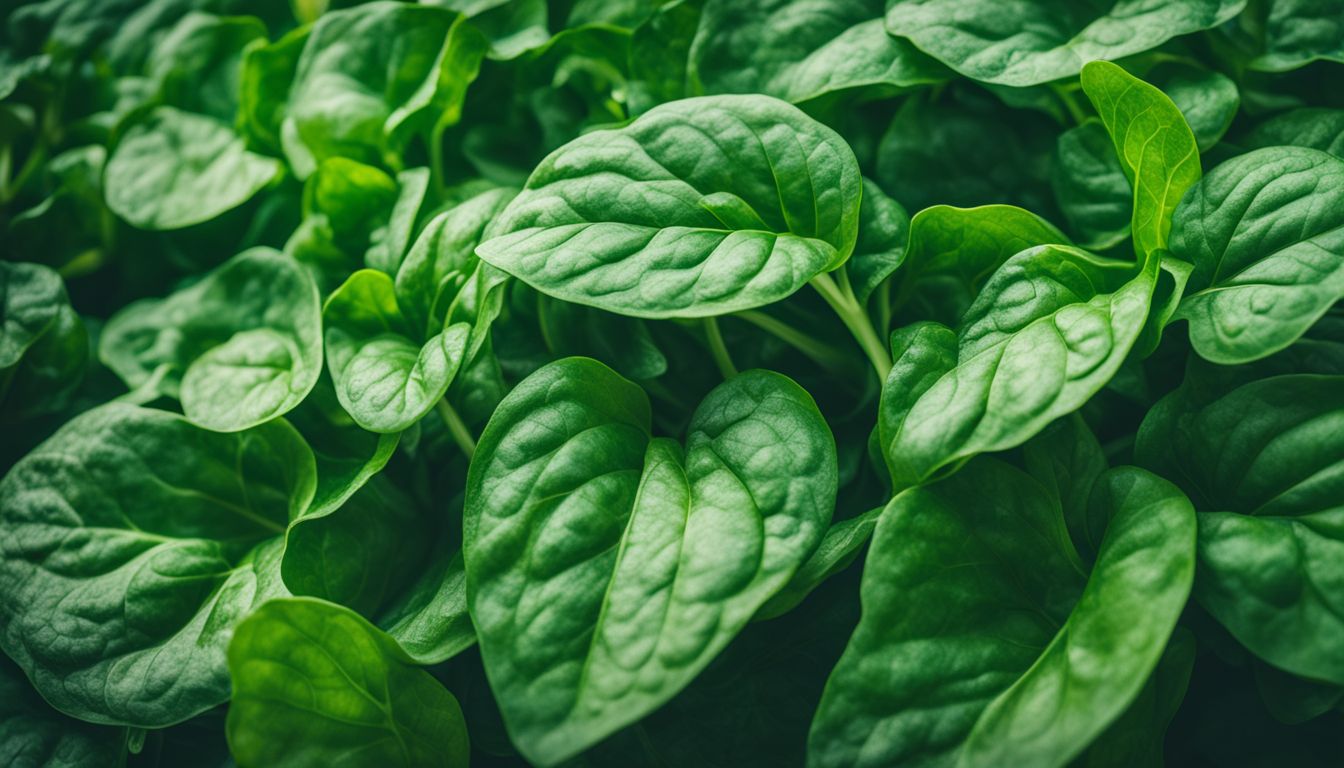
To achieve the desired color intensity when using spinach dye, there are a few tips you can follow. First, ensure that you use enough spinach leaves to create a concentrated dye mixture.
The more leaves you use, the stronger and more vibrant the color will be. Secondly, consider adding additional ingredients such as salt, alum, or white vinegar to enhance the dye’s pigmentation.
These substances help bind the color to the fabric or material being dyed. Finally, if you want a darker shade of green, try adding rust or iron to the mix. This will deepen the color and create richer tones in your final result.
Other Natural Dye Options

Explore a variety of plant-based dyes that can be used as alternatives to synthetic options.
Exploring different plant-based dyes
Spinach is not the only plant that can be used to make natural dyes. There are many other options available, each with its own unique colors. Here are some plant-based dyes you can explore:
- Beets: Beetroot can be used to create vibrant red and pink dyes.
- Turmeric: This bright yellow spice can produce a vivid yellow dye.
- Blueberries: These berries can be used to create shades of purple and blue.
- Onion skins: The skins of onions can yield beautiful shades of yellow and brown.
- Avocado pits and skins: Surprisingly, avocado pits and skins can be used to create soft pink and peach tones.
- Marigold flowers: Marigolds are known for producing golden yellows and oranges.
- Hibiscus flowers: These tropical flowers can create rich reds and pinks.
- Black walnuts: The hulls of black walnuts produce dark brown dyes.
- Chamomile flowers: Chamomile can create soft yellow dyes, perfect for a light touch of color.
- Indigo: This plant is famous for its deep blue dye, commonly used for denim fabrics.
Benefits of using natural dyes

Using natural dyes has several benefits. First, they are eco-friendly and sustainable. Unlike synthetic dyes that often contain harmful chemicals, natural dyes are made from plant-based materials and do not harm the environment.
Second, natural dyes can create unique and beautiful colors. Each plant or vegetable used to make the dye produces its own distinct shade, allowing for a wide range of color possibilities.
Third, natural dyes are non-toxic and safe to use. They are gentle on the skin and do not cause any allergic reactions or health issues. Overall, using natural dyes is a great way to embrace a more environmentally friendly approach to coloring fabrics or other materials while also creating vibrant and captivating results.
Sustainability and Eco-Friendliness

Spinach dye offers a sustainable and eco-friendly alternative to synthetic dyes, as it is made from natural plant-based materials with minimal environmental impact.
Discussing the environmental impact of synthetic dyes

Synthetic dyes can have a negative impact on the environment. They are often made from chemicals that are harmful to both humans and nature. These chemicals can pollute our waterways when they are released during dyeing processes.
Additionally, synthetic dyes require a lot of energy and resources to produce, contributing to air pollution and depletion of natural resources. On the other hand, using natural dyes like spinach can be a more eco-friendly alternative.
Natural dyes come from plants and vegetables, which are renewable resources. They do not contain harmful chemicals or toxins that can harm the environment or our health. By choosing natural dyes, we can reduce our carbon footprint and help create a more sustainable world for future generations.
Highlighting the benefits of using natural dyes

Using natural dyes, like spinach dye, offers several benefits. First and foremost, natural dyes are eco-friendly and sustainable. Unlike synthetic dyes, which can harm the environment with their chemical ingredients and production processes, natural dyes are derived from plants and vegetables that are readily available.
This means they have a lower carbon footprint and reduce water pollution.
Furthermore, natural dyes are non-toxic and safe for use on fabrics or in food coloring. They do not contain harmful chemicals that can irritate the skin or cause health issues when ingested.
Natural dyes also provide unique and subtle color variations that cannot be replicated by synthetic dyes. This adds a touch of authenticity to your creations.
By embracing natural dyeing techniques using spinach or other plant-based materials, you not only contribute to a more sustainable world but also tap into the beauty of nature’s colors without harming it.
Conclusion: Embracing Natural Dyeing with Spinach

In conclusion, making green dye from spinach is a simple and eco-friendly way to add color to your fabrics or crafts. By following the steps mentioned above and using natural ingredients like salt, alum, and vinegar, you can achieve beautiful shades of green.
Embrace the world of natural dyeing with spinach and create vibrant and sustainable creations.
FAQs
1. Can I make green dye from spinach at home?
Yes, you can make green dye from spinach by boiling the spinach leaves in water and using the resulting liquid as a natural dye.
2. What materials do I need to make green dye from spinach?
To make green dye from spinach, you will need fresh or frozen spinach leaves, water, a pot for boiling, and fabric or material to dye.
3. How long does it take to make green dye from spinach?
It usually takes about 30-45 minutes to make green dye from spinach, including preparation and boiling time.
4. Can I use the green dye made from spinach on all types of fabrics?
The effectiveness of the green color may vary depending on the fabric type. Natural fibers like cotton or silk tend to absorb colors better than synthetic materials such as polyester. It’s best to test a small piece of fabric before fully committing to dying larger items.



